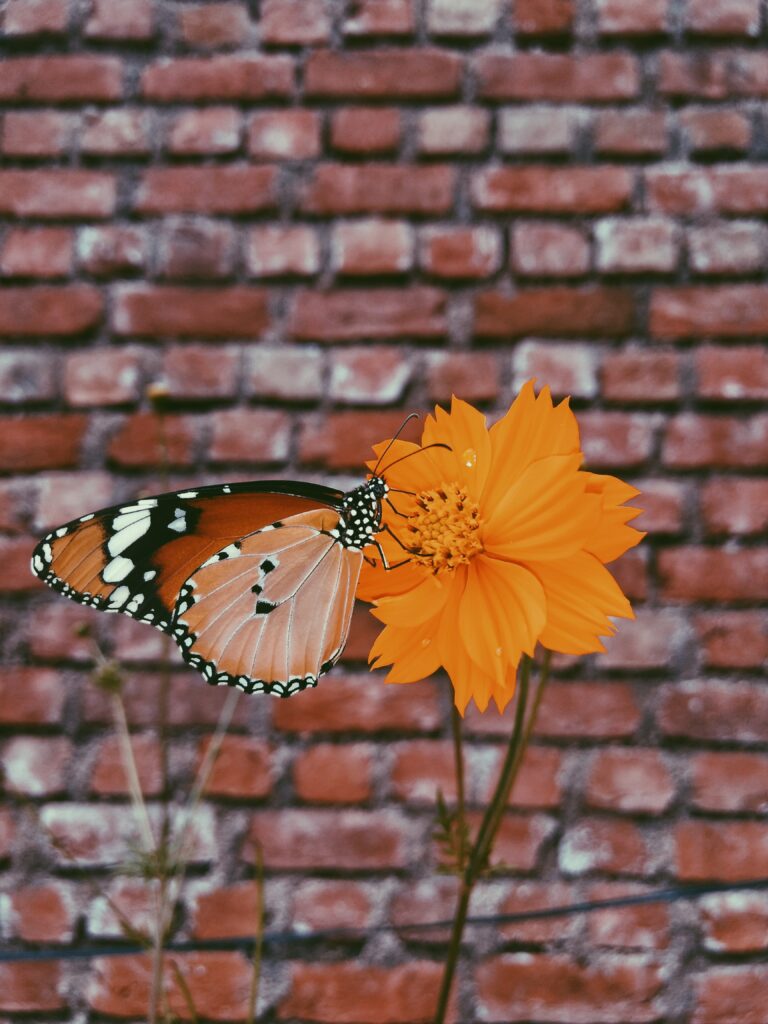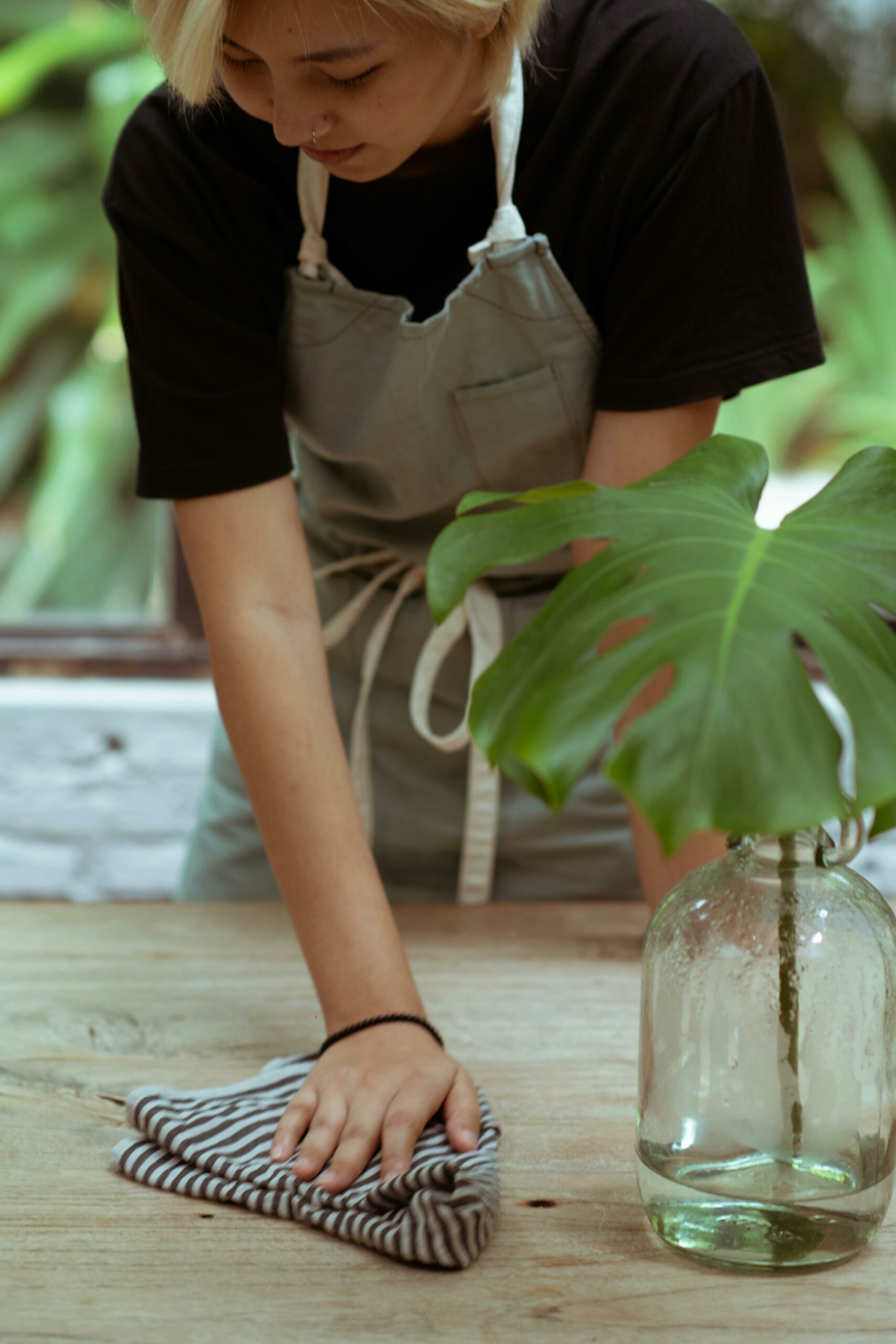A monarch butterfly’s enchanting black and orange wings are impossible to miss. But it’s not just their beauty that captivates—they play a crucial role as pollinators for our fruit and flowers. Unfortunately, monarchs are going endangered, with their numbers plummeting due to habitat destruction in various regions.
Want to make a difference and save these remarkable creatures? Start by planting milkweed in your own garden. Discover how to obtain free milkweed and learn the best practices for growing milkweed to support monarchs in this article.

Get Free Milkweed Seeds from the TN Dept of Transportation
TN Dept of Transportation has donated milkweed seeds for universities, schools, parks, and other organizations to help protect the monarch butterfly population and inspire people to discover the wonders of plants, gardening, and the significance of environmental conservation.
TN Nursery’s “Buy One Get One Free” program is also a great way to get started creating your monarch-friendly garden.
The Milkweed plant plays a vital role in supporting monarch butterflies by serving as their preferred host plant. By incorporating this plant into landscaping, it not only provides a safe haven for monarch eggs but also contributes to their conservation efforts. This, in turn, fosters a healthier and more diverse ecosystem.
Not only does the Milkweed plant offer ecological benefits, but it also adds a unique and visually stunning touch to any outdoor space.
Its intricate flowers come in a range of beautiful colors, attracting monarchs, bees, and other pollinators. Additionally, its upright growth adds vertical interest, creating a more dynamic landscape.
This plant is incredibly versatile, thriving in various soil types and sun exposures, making it a great addition to any landscaping project. It requires minimal maintenance and is suitable for gardeners of all skill levels.
Furthermore, as a native plant in many regions, the Milkweed plant helps to create a sense of place and authenticity in landscape design. It establishes a connection with the natural surroundings and ensures continuity with local ecosystems.
Pollinator-Friendly Plants
In addition to Milkweed, there are several other pollinator plants to attract monarch. These will help attract and support monarch butterflies as well as a variety of other pollinators, such as bees and hummingbirds.
Trees such as willows, poplars, and red oak provide nectar sources for these insects. Other flowers like coneflowers, columbines, and bee balm produce pollen and nectar to help sustain pollinators.
Herbs such as oregano, lavender, and thyme are also beneficial for monarchs. They provide a valuable food source in the form of nectar and often bloom for an extended period of time. Furthermore, these herbs can be harvested for culinary purposes.
How To Plant Bare Root Milkweed
Bare root milkweed thrives when planted in well-drained soil, preferably with a loamy texture. Plant in full sun and water the bare roots thoroughly before planting.
Proper Planting Technique
- Create a spacious hole: Dig a hole that provides enough room for the roots to spread out comfortably. A happy plant is a well-planted one.
- Soil and root integration: Carefully fill in the hole with soil, ensuring that the roots are covered and secure in their new environment. Aim to reach the soil level that the plant previously experienced when growing.
- Water generously: Give your newly transplanted perennial a good watering. This essential step nourishes their soul and promotes new growth. Typically, one thorough watering at the time of planting should suffice, unless your soil is excessively dry or well-drained.
Temperature And Light
Milkweed seeds germinate best in temperatures between 65 and 70 degrees Fahrenheit. The warmer the soil, the quicker they will sprout. However, excessive heat can cause seedlings to wilt or even die if their roots are not kept moist.
The Milkweed plant does best when given plenty of full sun exposure; aim for 8 hours a day or more. Make sure the soil is moist and no puddles form around the plant to avoid root rot.
Maintenance
Once established, Milkweed requires minimal maintenance. Monitor for insects like aphids, which can be treated with a diluted soap solution. Cut back any dying stalks in late winter to promote new growth in the spring.
Other Tips To Create A Monarch-friendly Garden
Say No To Chemicals
Insecticides and herbicides are harming monarch butterflies and other pollinators. By using non-discriminatory pesticides, we are unintentionally wiping out beneficial insects as well.
To create a monarch-friendly environment, it is crucial to avoid using harmful toxins and opt for organic pest- and weed-control methods that won’t harm pollinators.
Plant Nectar-Rich Plants
While caterpillars devour milkweed, adult monarch butterflies rely on nectar from flowers. To support these magnificent creatures and a variety of other butterflies, birds, and pollinators, fill your garden with a diverse selection of nectar-rich plants.
Plan for early, middle, and late bloom times to ensure a constant supply of food. Consider adding joe pye weed, lantana, liatris, echinacea, flowering sages, verbena, buddleja, bee balm, black-eyed susans, and yarrow to your garden.
Providing Shelter And Protection
Protect monarch butterflies from harsh weather conditions by surrounding their habitat with sturdy plants. Choose trees, shrubs, and vines with strong stems and dense foliage that can withstand storms and offer shelter to these delicate creatures.
Interestingly enough, these protective plants also serve as the perfect spot for monarch caterpillars to transform into butterflies. Sometimes, these beautiful creatures can be found in the most unexpected places, such as under-roof eaves, hanging pots, tree branches, flower stalks, or trellises.
Conclusion
The Milkweed plant is an essential part of any monarch-friendly garden. It provides both ecological and aesthetic benefits, making it a wonderful addition to any landscape design.
By combining Milkweed with other pollinator-friendly plants, your garden can become a safe haven for monarch butterflies and help to promote their conservation efforts.
At the same time, this will allow you to create a unique and vibrant outdoor space that will attract a variety of pollinators. Together, we can help to sustain these magnificent creatures for generations to come!





